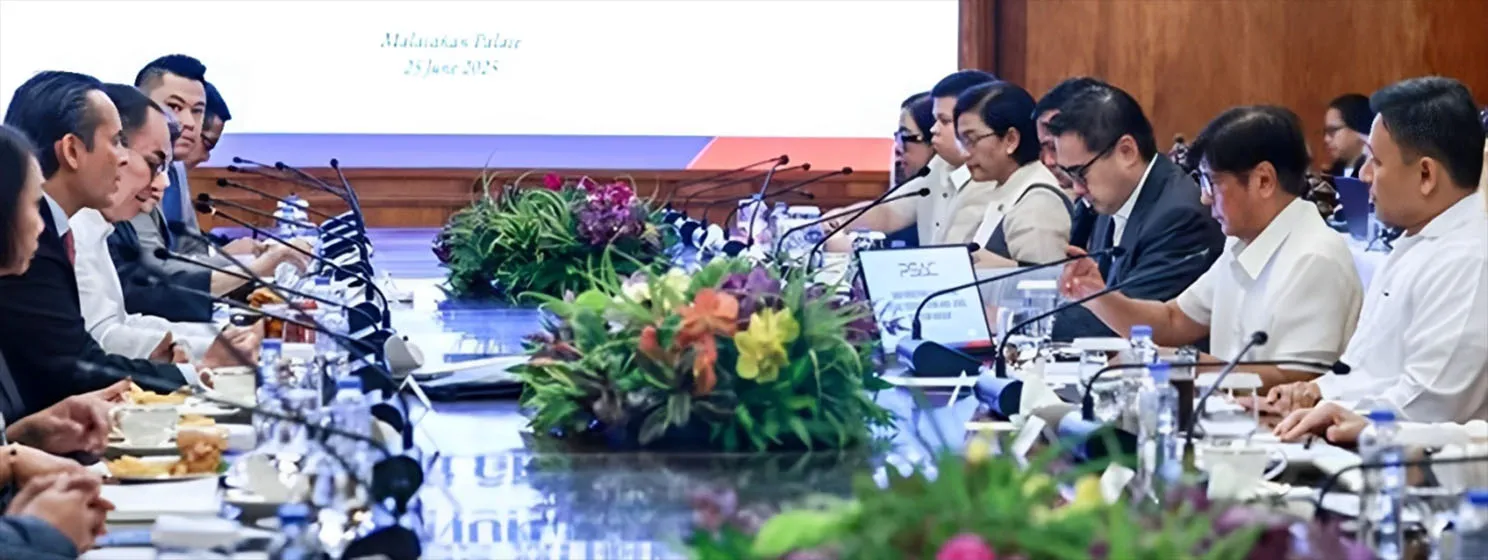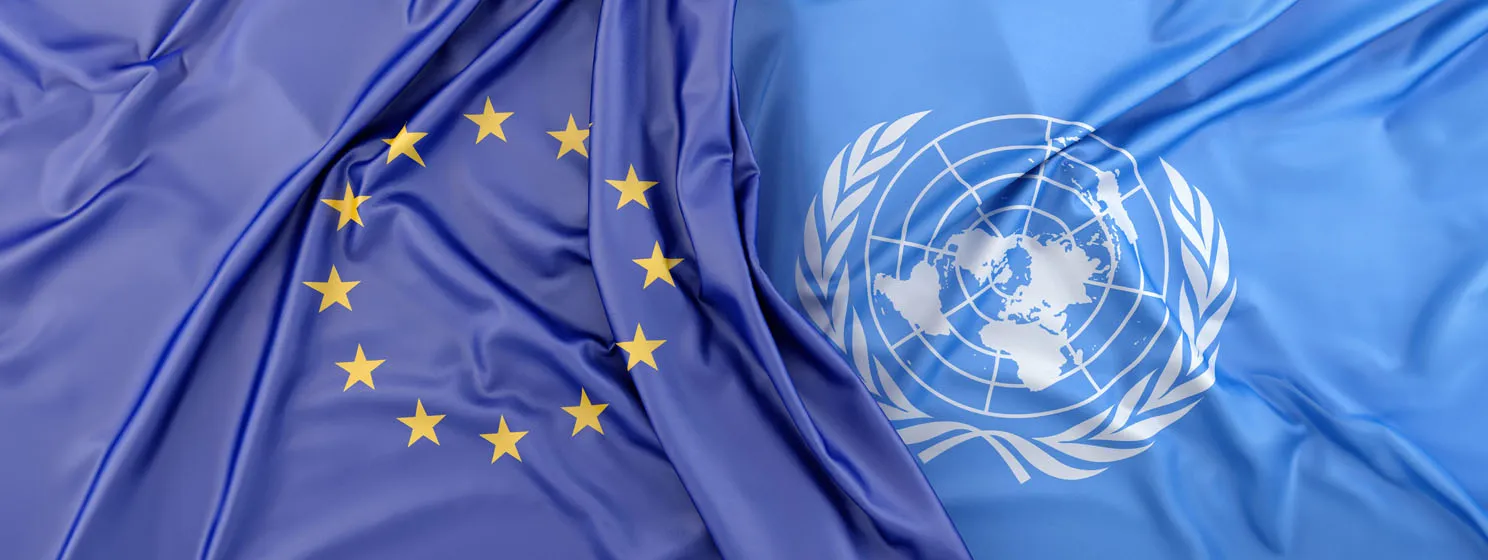|
Getting your Trinity Audio player ready...
|
Indian Finance Minister Nirmala Sitharaman has announced that the country will be looking to regulate the digital assets industry but will prefer that regulations are guided by a tech-driven framework.
In a report by the Economic Times, Sitharaman disclosed India’s position to journalists ahead of her meetings with the World Bank and the International Monetary Fund (IMF) while adding that despite the pining of stakeholders for softer regulations, “the technology will not be misutilized.”
“We would definitely want to collate all this and do a bit of study and then bring it on to the table of the G20 (Group of 20) so that members can discuss it and hopefully arrive at a framework or SOP (standard operating procedure) so that globally, countries can have a technology-driven regulatory framework,” said Sitharaman.
India will head the G20, an intergovernmental forum made up of 19 counties and the European Union, for one year, during which sweeping changes are expected in the country’s virtual currency ecosystem. Nirmala stated that while the needs of each member country are different, there is a need for a joint effort to regulate the industry that has been plagued with several unsavory reports since the start of the year.
“There is an understanding that we need to have some kind of regulation and that all the countries will have to be true together on it. No one country is going to be able to singularly handle it,” said Sitharaman. “So on that, we will certainly have something.”
With Sitharaman and India at the head of the G20, there are fears that the Asian country could stifle the growth of virtual currencies. Sitharaman had previously expressed that digital assets have the potential to destabilize the economy and pose grave dangers to investors.
India already has one of the most stringent tax policies for digital currencies, with the Finance Ministry imposing a 30% tax, an additional surcharge, and a four-percent fee on gains realized from trading virtual assets. However, despite the tough stance of Indian regulators, it is unlikely that the rest of the G20 countries will follow its lead to impose stiff regulations for digital currencies.
No to digital assets, yes to DLT
India’s stance on virtual assets is complex, with the government not attempting to mask its dislike for the asset class. However, the reverse is the case with distributed ledger technology (DLT), as Sitharaman eyes massive adoption rates of 46% for the technology in the coming years.
Furthermore, municipal governments are turning to DLT to improve their digital economies. India’s Maharashtra has leaned on DLT to combat incidences of certificate forgery while also using the technology to streamline activities in the land registry.
On the other hand, significant strides have been gained in developing a central bank digital currency (CBDC) by the Reserve Bank of India (RBI), and all the signs point toward relying on DLT to create the e-rupee.
Watch: The BSV Global Blockchain Convention panel, Blockchain for Digital Transformation of Nations

 07-02-2025
07-02-2025 





